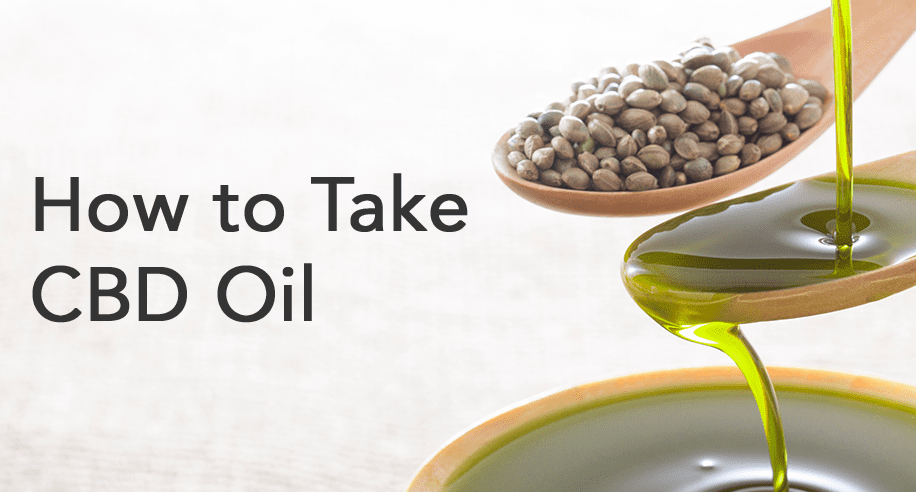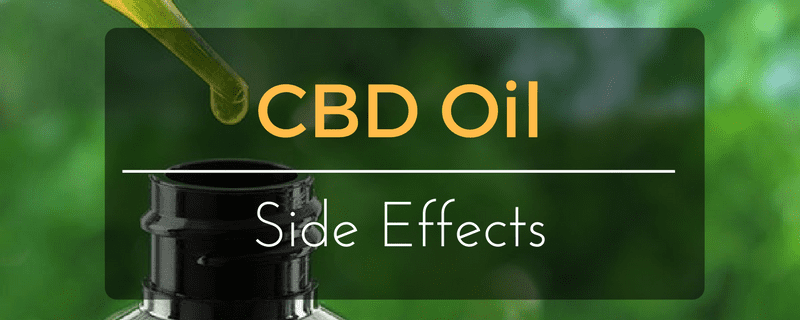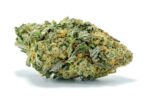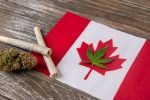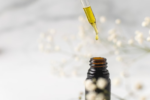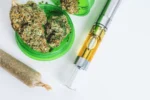If you’re ready to give CBD oil a try, but are unsure about how to ingest it; then you’re in the right place. It’s normal to feel confused about some components of CBD oil — confusion and cannabis just go hand in hand.
Article Highlights:
- For a CBD oil that can’t get you high, go for CBD derived from Hemp.
- Most people prefer full spectrum CBD compared to CBD isolate.
- The way you take CBD will largely depend on your preferences.
- CBD has a safer side effect profile, compared to many drugs it can replace, but one area of concern is with CBD Oil drug interactions.
Hemp or Marijuana
CBD oil can be derived from both hemp and marijuana plants — both belong to the genus, Cannabis, but hemp varieties lack the psychoactive cannabinoid, THC, and can’t get you high. CBD derived from marijuana that will get you high is often labelled “cannabis oil” — know, however, that it’s not the best term, and is one of the reasons confusion continues to happen.
Technically, all CBD oil is cannabis oil, but CBD oil derived from hemp will likely never be labeled as such.
Terms for CBD oil when derived from hemp:
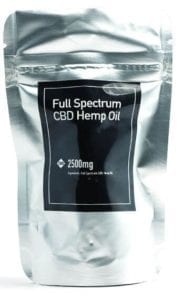
- CBD oil
- Full Spectrum CBD Oil
- Full Spectrum Hemp Oil
- Phytocannabinoid-rich or PCR Oil
- CBD isolate
- Gold CBD
All the above terms are fine when looking for non-psychoactive CBD oil.
Furthermore, legal gray areas (don’t worry; they won’t concern you) and the lack of education and general knowledge about cannabis, lead the general public to assume all cannabis equals a high; which is simply not the case. Moreover, companies keep calling the oil by different names, with no standardization, making the process needlessly complicated. Before you buy, you should check the label and ensure a Certificate of Analysis (COA) has been performed, to confirm the CBD oil is right for you; regardless of the name.
How to Check the Label and COA
Flip that bad boy over and make sure the numbers and language on the label match the product description on the website. You want 0.03 THC or less — that’s the legal requirement because it’s in such low quantity that it does nothing.
As well, the label will give you the percentage of CBD, cannabidiol, or phytocannabinoids in the body. The COA is third-party lab results that will confirm the label matches the actual content in the body. It should be fairly easy to find, and you can always email the company. Please, never buy CBD oil without seeing the Certificate of Analysis first.
Full Spectrum Or Isolate
99% Pure CBD Isolate cheapweed” width=”300″ height=”228″ /> 99% Pure CBD Isolate
Within hemp CBD oil are two smaller groups of oils: full spectrum and isolate. Besides THC and CBD, there are hundreds of other cannabinoids and terpenes in cannabis plants that all have their own medical properties. Even though there are hundreds these guys and gals, only a few are psychoactive with hemp only having non-psychoactive ones. When the oil contains all of these therapeutic molecules, we call it full spectrum.
However, we can remove everything but CBD and create a 99% pure cannabidiol (CBD) product. At first, it seemed like isolate would be the oil that took off, but without the other cannabinoids and terpenes, CBD itself is poorly absorbed (4x less effective), as well, its therapeutic range is limited. Full spectrum works best for the majority of people, and it will be the focus from here on out. In some cases, people prefer CBD isolate — which you can read about here.
What About Pet CBD?
Pet CBD is always full spectrum and will be identical to your full spectrum oil, except for maybe, the concentration of phytocannabinoids. CBD’s dosage is weight dependent, so pet CBD oil is more diluted for small pets (under 40lbs). You can use the same dosage chart below for both you and your pet, however.
Method of Administration
Full spectrum CBD extract offers the widest range of applications. CBD extract will be the base for all of the following products you are about to see. CBD oil can be safely extracted with CO2 and will contain all parts of the plant.
From there, it can be mixed with a high-fat carrier oil like coconut oil or hemp seed oil and sold as a tincture. It can also be distilled to remove harmless, but non-beneficial plant material like chlorophyll — it mainly dilutes the oil and gives it a strong bitter flavor. CBD distillate is considered the current gold standard of CBD products.
Sublingual
Sublingual use is the most common way to take CBD, and it has the most benefits. Now, all full spectrum CBD products are largely the same, and the effects will be as well. By placing CBD oil under the tongue, it’s absorbed faster and directly into the bloodstream. This means you can feel it start working within 15-30 minutes.
Furthermore, the dropper that comes with the oil makes it very easy to make small, precise and accurate dosages. This can help you save money; as edibles and capsules are one size fits all and you may take more than you really need.
Capsules
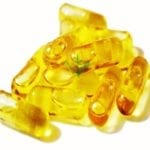
Capsules are the second most popular form of CBD oil. They are easy to take, inconspicuous if taking in public, and while they are one size fits all, that size fits most people. Most CBD capsules will contain around 15mg. The one negative is they will need to be digested and metabolized first which can take up to an hour.
Edibles
Edibles’ popularity in the marijuana world is well-known, but it wasn’t until this past year that we’ve seen CBD edibles take off. The big concern with edibles is their dosage can vary a lot.
They are notorious for having too much, or not enough. In 2018, this has gotten much better. Besides that, they will have all the same pros and cons as capsules do.
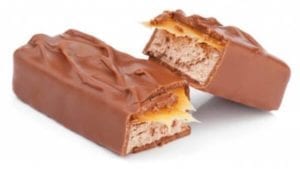
Vaping
The popularity of vaping CBD is even more recent than edibles, but it offers a lot of nice advantages over them. Like sublingual use, it enters the bloodstream fast, as well, you can make small incremental changes in dosage if desired.
The negative is the learning curve. You can physically see how much oil you’re vaping so you can confirm you dosed at your preferred amount. However, the individual puffs will vary in dose, so you’ll have to get familiar with how hard to pull, etc. Fortunately, vape pens/CBD oil require multiple puffs to reach the average dose, so it’s almost impossible to take too much with just one puff.
Topicals
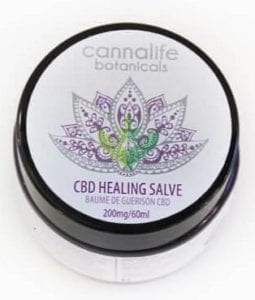
Topicals have been around for a while but haven’t really taken off yet. The reason for this is, people take CBD for a variety of reasons: pain, anxiety, nausea, general health, etc. Topicals are fantastic for directly fighting and focusing on surface level pain and migraines, but stop there.
They are easy to use — you usually rub a dime sized amount on the area. But, you don’t worry about dosage — it’s absorbed so fast, that you judge whether you want to use more or not.
Like vaping and sublingual use, you don’t need precise single dosage. However, for edibles and capsules you do, because they can take an hour or two (depending on your metabolism). Additionally, if you do have to take more; that means it will take another hour (or more) before it starts working, and that can be very annoying (especially if you are in pain).
In the beginning, using CBD oil sublingually is recommended, so you can effortlessly experiment with the doses. As well, expect 6-8 hours of relief of symptoms when using all forms of CBD products; another huge bonus with edibles.
Dosing
For full spectrum, the same doses apply across all the products; again, you really don’t need to worry with topicals. Moreover, 15 mg is the average dose and works perfectly for most; which this is why capsules are so popular.
Dosage is based on weight and your unique body chemistry. You can use a CBD Calculator and chart as a starting point. There is little, to no concern with taking higher than normal levels. Even the recommended high dose is far under the recommended daily allowance (which is slightly superficial).
Dosage Chart:
- Low — 0.022mg/lb or 0.05mg/kg
- Average — 0.068mg/lb or 0.15mg/kg
- Strong — 0.136mg/lb or .30 mg.kg
Important! Make sure to check out the side effect portion of the article if you are currently on any prescribed medication metabolized by the liver.
When You Can’t Sleep: People report low and average doses of CBD helps them sleep and feel more rested. However, if you’re looking to take CBD to make you tired, you’ll likely have to consume over 100 mg to trigger its biphasic effects.
Side Effects
While CBD oil can help with countless conditions; it wouldn’t much matter if the side effects of CBD, outweigh the benefits of treatment. Currently, there are several new studies underway, comprehensive research performed in the past and the World Health Organization, all find CBD to be remarkably safe. Minor side effects, such as nausea and sleepiness; are for the most part all that is seen and these side effects tend to be rare.
In addition, a rare few; report that full spectrum CBD oil makes them feel a little foggy, but found success with CBD isolate instead. Body chemistry can be weird and everyone runs slightly differently. Factors that can affect CBD’s effect on the body and the metabolism of the drug include (but are not limited to): age, genetics, health status, weight, gender and activity levels.
Furthermore, the real area of concern (that many do not talk about) is the fact that CBD can inhibit enzymes in the liver that metabolize certain drugs for us; especially pharmaceuticals. This can strengthen the pharmaceuticals effects, which can be both good and bad. More research needs to be conducted, to ensure public safety and health and to map drug interactions.
CBD first gained popularity because it had a unique anticonvulsant that worked with many rare forms of epilepsy. Notably, drug interactions have been a concern for epileptic patients for a number of years; as CBD had been seen initially, to raise the levels of certain anticonvulsants. However, when research was conducted, they discovered the drug interaction and corrected the dosage of the CBD and/or pharmaceutical combination.
It takes some work, a bit of research and there are some concerns that still need to be addressed; however, the same studies were successfully able to continue the use of CBD with lower pharmaceutical dosages; all the while improving the condition.
These studies recommend staying under 40 mg a day; as some people, in rare cases of low dose CBD therapy, had too many inhibited liver enzymes. Moreover, it is a good idea to consult with a doctor to ensure the correct RX drug concentrations in plasma levels. This inhibiting of liver enzymes can occur with other medications and even foods; grapefruit is notorious for this.



